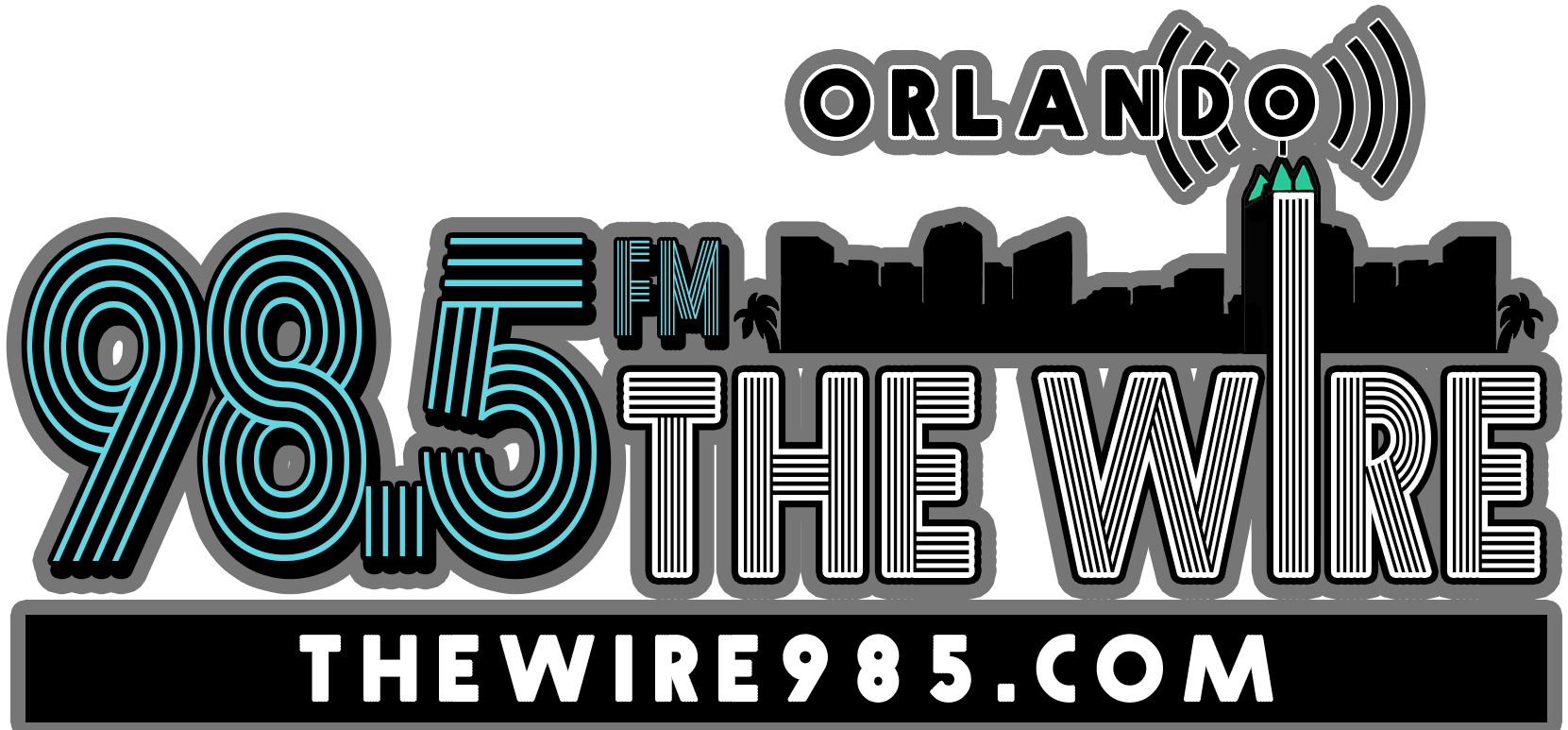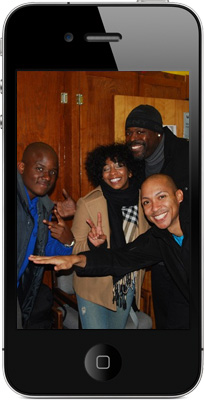
For most hearing people of color, the ability to code-switch, or move freely between two separate languages or a dialect of a single language, comes with ease. Big-name celebs, including hip-hop/R&B crooner Drake, Rihanna and J-Lo, have mastered it in their music. Even Black Americans do it daily, seamlessly switching between the Afro-American vernacular — sometimes referred to as Ebonics — and grammatically correct English.
The same can be said of Black folk who are deaf or hard of hearing. For them, it’s common to utilize both mainstream American Sign Language and Black American Sign Language, or “Black Signs,” depending on whom they’re speaking to.
“I have used mainstream ASL because a lot of people in the community use it,” Black deaf woman Sheena Cobb told Splinter News via a video-phone interpreter system. “When I am with Black deaf people, then we usually, naturally revert to Black ASL.”
Many in the hearing community are completely unaware of the differences in the signing systems used by Black Americans and that of white Americans — or that there were any differences there to begin with. You see, the two systems can be compared to American and British English; while they’re similar, they have differences that follow a set pattern, and some variations in individual usage, as explained by a ground-breaking study in 2011.
These unique variations were the subject of “The Hidden Treasure of Black ASL,” a first-of-its-kind project examining the distinct grammar and structure of Black signing. Dr. Carolyn McCaskill, a professor of ASL and Deaf Studies at Gallaudet University, a chartered private university for the deaf and hard of hearing in Washington, D.C., led the project, analyzing and assembling data from videoed conversations in an effort to help “fill in the linguistic gaps about Black ASL.”
Her research, along with the work of three fellow researchers, only confirmed what African- American signers already knew; that Black ASL is NOT a slang form of signing, but rather a reflection of a dialect spurred by racial segregation and further influenced by spoken Black American English.
Speaking with The Washington Post in 2012, McCaskill said it wasn’t until 1968 that she discovered she could not understand white signers. She and nine of her deaf classmates had just enrolled as students at a newly integrated school for the deaf in Talladega, Ala. The signing she saw from her white teacher was a far cry from the signing she grew up learning at her old school, the Alabama School for the Negro Deaf and Blind.
“I was dumbfounded,” McCaskill said through an interpreter. “I was like, ‘What in the world is going on?’ ”
Rather than remain stuck, the now-professor said she pushed her old way of signing to the side and learned entirely new signs for common words like “school” and “shoe,” according to the newspaper. She began signing with one hand instead of two and shrunk her “signing space,” copying white students who made signs closer to their chins than their foreheads.
When she returned home, however, McCaskill quietly “code-switched” back to Black ASL.
This is the reality for many Black signers — having to bounce between a socially accepted form of ASL and a cultural dialect where the sign for “bad” can actually mean “good.” The use of Black signs is also usually more expressive than signing mainstream ASL, according to Mercedes Hunter, a Black American hearing student in the department of interpretation at Gallaudet.
“We include our culture in our signing,” said Hunter, who was a research assistant for the Black ASL project, The Washington Post reported. “[It’s] our own unique flavor. … We make our signs bigger, with more body language.”
Still, Black signs are looked down on as a “less proper” version of ASL, much like Ebonics is frowned upon in spoken English. This is despite the fact that Black ASL is the “purer” of the two systems and more closely resemble the style imported from France by Thomas Hopkins Gallaudet when he established the first U.S. school for the deaf in Hartford, Conn., in 1817.
So exactly when and why did deaf Black folk begin forming their own dialect? Dr. Joseph Hill, assistant professor in the department of American Sign Language Interpreter Education at the Rochester Institute of Technology, said language variations occur for two reasons: social factors (including race, age and gender) and geographical factors, or things that separate two communities.
Hearing people often make the mistake of thinking sign language is universal when it’s not because of these same factors. For instance, words signed by a deaf person from Australia would be completely unintelligible to a deaf person in Britain, even though they both speak English. Different countries and cultural subsets of people within those countries have their own ways of signing with one another.
It’s no surprise then that America’s mandated racial segregation led to the creation of different signing styles between Black and white deaf Americans.
“Black ASL is [more] similar to ASL than it used to be due to racial integration and mainstream educational programming,” Hill, who also worked as a research assistant on the Black ASL Project led by McCaskill, said via email. “Before the integration, sign languages used at different Black deaf schools in the South were completely different from mainstream ASL that was used at white deaf schools, and the reason for the difference was segregation. Black and white deaf children were not allowed to interact with each other.”
“Because of the institutional changes in deaf education, it wasn’t easy for Black ASL varieties to be passed on from one generation to the next,” he continued. “But with race as a continuous factor, the forms are still recognizable today in the community of Black deaf people.”
Hardships in African-American education also played a role, as schools for Black deaf children had limited resources and their teachers couldn’t very sign well.
However, a controversial approach in teaching deaf children called “oralism” was pushed during the late 19th century, and inadvertently gave Black deaf students a better, more consistent education when it came to signing. As educators in white schools forced deaf students to speak and mimic mouth movements rather than use sign language, African-American deaf students continued honing their manual form of communication.
Oralism ultimately fell to the wayside in the 1970s and ’80s, as critics rejected it for pushing the “superiority complex” of spoken language and deterring deaf people from learning their natural language, according to the Washington Post. Over time, wordage and colloquialisms used by hearing Black folks had also spilled into Black deaf culture, adding to its already one-of-a-kind flavor.
These variations can sometimes prove problematic for interpreters signing in front of mixed crowds, however. The speed and stylistic differences of Black ASL can cause interpreters to miscommunicate a message, and they may have to switch back and forth between ASL and Black ASL depending on their audience. There is no guarantee that everyone in a majority Black crowd will understand Black ASL either, as some may have never been exposed to it.
“I know that some people doubt that Black ASL exists because some of their Black friends don’t use it,” Hill said. “Just because there is ‘Black’ in the name doesn’t mean [all] Black deaf people use it. It depends whether or not they are socialized in the community that uses this variety. That’s true for any dialect.”
McCaskill and Hill are among a number of scholars still looking to boost knowledge and acceptance of the cultural signing system. Negative stigmas still surround Black signing, but Hill said it depends on where and who Black signers are with.
“I see that Black ASL is appealing to many people today because it is cool and different and they want to imitate it,” he said.









More Stories
Black College Students Receive Racist “Pick Cotton” Texts – Vibe
How Asha Abdul-Mujeeb, a Black digital archivist, is preserving HBCU history – Reckon
10 Finalists Announced For The 2025 Music Educator Award – The GRAMMYs